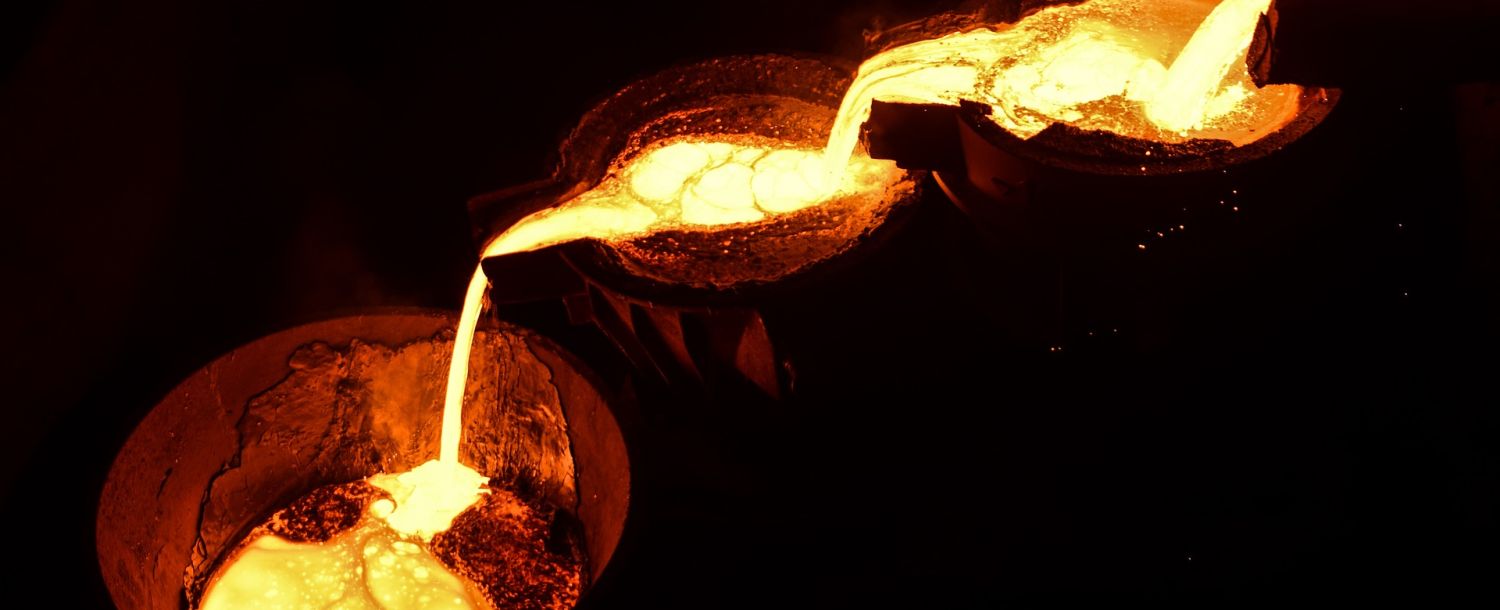Usually, the recycling of used and spent LIBs starts with mechanical processing. These processes consist of dismantling, crushing, and sorting to separate the cell housing, electrolyte, and the electrodes. A pyrolytic step is added for thermal cell deactivation. The deactivation covers the discharge and thermal treatment. The thermal deactivation highly influences the black matter properties, such as grain size, specific surface etc. Generally, the thermal deactivation is executed in rotary kilns or multi-chamber furnaces. To improve the black matter quality for downstream processes as well as for better process control a new deactivation concept will be developed based on computational fluid dynamics (CFD) simulations of heat transfer and mass flow. The developed method will be integrated into the overall LIB recycling concept.
In commercial pyrometallurgical recycling processes the spent LIBs are directly charged into high-temperature furnaces without pre-treatment and melted down aiming in the removal of undesirable components and the conversion of the input into a uniform intermediate product under reducing conditions. The treatment yields in a molten alloy including Co, Ni and Cu as well as flue gas and, slag with tremendous amounts of ignoble but critical elements. In contrast, the pyrometallurgical pathway within FuLIBatteR will avoid the formation of large amounts of slags based on thermodynamic calculations and thermogravimetric pre-tests. Moreover, Li and P are directly separated via the gas phase and transferred into compounds that are usable e.g. in LIB cell preparation. Furthermore, other valuable metals (Ni, Co, Mn) form a metal alloy to be further refined and utilised in resource-intensive industry.
The advantages of the concept are the higher selectivity, the lower critical element losses, the prevention of charging disturbing elements for the recyclate utilisation as well as the smaller effort than in material recovery from slag phase.
Further aspects of the investigations will be the quality adjustment of the output streams, their utilisation strategies as well as the post-treatment of process emissions like the off-gas or the slag, preferentially used as a mineral phase substitute in construction or cement industry, to keep the environmental impact at the lowest possible level.

 DE
DE EN
EN